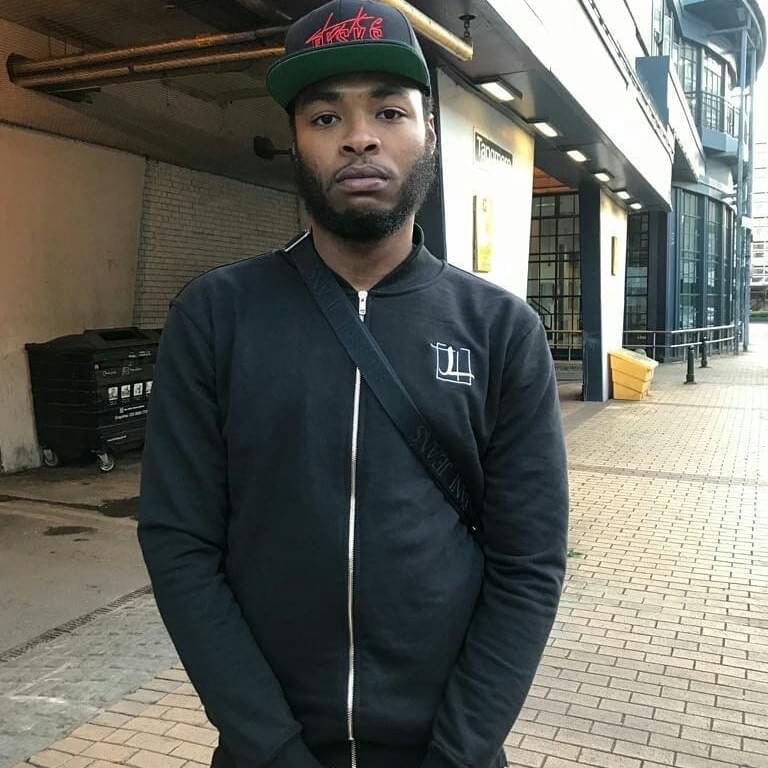
With such a pristine video and jumpy beat, Obladaet could have got away with delivering an average couple of verses with a played-out hook and it would have hit a million views or so eventually. Obladaet filming “David Beckham” in London makes even more sense when you consider that none other than Ghosty produced the menacing beat for “David Beckham”, and the video even offers footage of Obladaet in the studio with Ghosty, a sign of further collaboration perhaps. Directed by Crystal Vision and Obladaet himself, it is of very high quality, and reminds me of some of the recent works of Suave, with pristine shots and a great gradient to really make the visuals sharp.

The music video sees Obladaet in London, flashing his drip, driving fast whips, and even randomly vanishing in front of your eyes on a CCTV camera at one point (just watch it). Despite only being released very recently, “David Beckham” is the perfect introduction to showcase the appeal of Obladaet to a UK audience. This skill is backed up by an extensive catalogue spanning the last five years, with an incredibly diverse range of music. Obladaet has a flair for catching melodies, using his voice in creative ways to create a dynamic listening experience. Obladaet is perhaps the most artistically intriguing artist on this list, with his technical proficiency allowing him to effortlessly switch between shelling UK drill beats on cuts such as “David Beckham” and “For Mula”. These seven artists are examples of the successful exporting of UK drill music, and give invaluable insight into the potential for a future globalised drill community. Ranging from Spain to Russia, the essence of British drill is clearly spreading, having a huge impact on rap music throughout Europe and ushering in a new generation of artists following in the footsteps of modern drill pioneers such as Digga D and Unknown T. What many British drill fans aren’t fully aware of, however, is the fact that there are other foreign drill scenes blossoming after drawing inspiration directly from the world of British drill. As a result, the Aussie scene has received the adulation of many British drill fans, who lauded their authenticity and technical ability. It’s an unfortunate truth, but it doesn’t have to be depressing the UK scene can look elsewhere in the search for genuine collaboration across cultures.Īustralian drill music has been the most complete manifestation of UK drill being exported so far, with One Four, Hooligan Hefs, and Kush Mink all successfully putting their own ‘down under’ spin on the genre.

Whilst there are of course several exceptions, ranging from reaction channels like International Ferg who aim to bridge the two cultures on a grassroots level, and superstars such as Drake who has shown what appears to be a true appreciation for UK drill, the reality is the average consumer of American drill music doesn’t care about the UK drill scene. All of this begs the question: would the UK drill scene would be better off pivoting its attention to other areas of the world for collaboration, appreciation, and ultimately respect?

There is a seemingly unshiftable stigma against UK rap music from the US. There have also been many blatant attempts by current UK artists to ‘Americanise’ their sound and style, yet they have generated little genuine reaction from the wider American rap scene. It could be argued, with some merit, that this has proved largely unfruitful so far whilst there have been several high-profile collaborations between US and UK drill artists, they have often felt underwhelming. Since Brixton collectives like 150 and 67 paved the way for the sensation that we now know as UK drill, a growing desire to receive the validation of our American counterparts has crept to the very top of the scene.


 0 kommentar(er)
0 kommentar(er)
